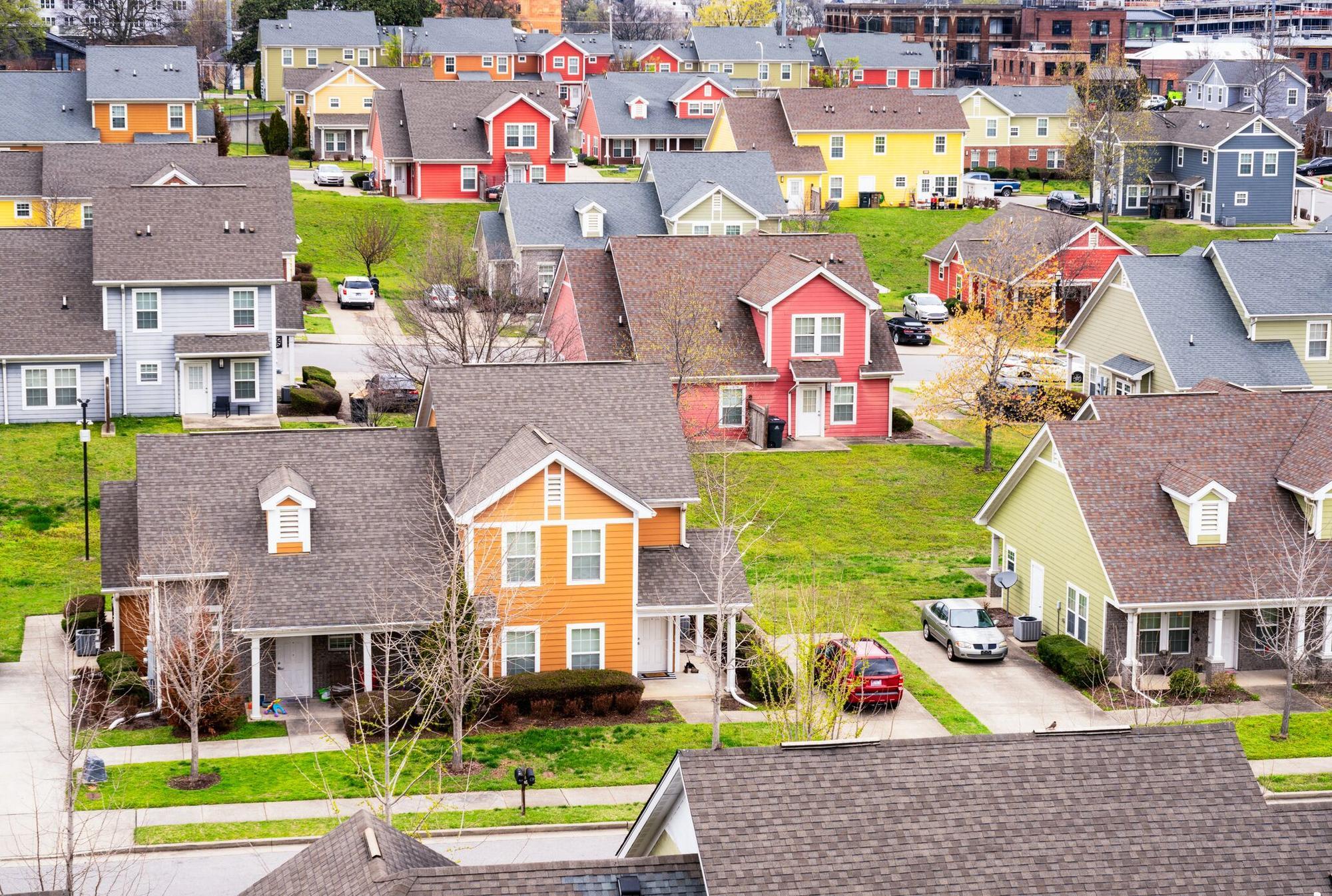
Don’t Let the Latest Home Price Headlines Confuse You
Based on what you’re hearing in the news about home prices, you may be worried they’re falling. But here’s the thing. The headlines aren’t giving you the full picture. If you look at the national data for 2023, home prices actually showed positive growth for the year. While this varies by market, an

Experts Project Home Prices Will Increase in 2024
Even though home prices are going up nationally, some people are still worried they might come down. In fact, a recent survey from Fannie Mae found that 24% of people think home prices will actually decline over the next 12 months. That means almost one out of every four people are dealing with that

3 Key Factors Affecting Home Affordability
Over the past year, a lot of people have been talking about housing affordability and how tight it’s gotten. But just recently, there’s been a little bit of relief on that front. Mortgage rates have gone down since their most recent peak in October. But there’s more to being able to afford a home th
Categories
- All Blogs (659)
- Affordability (16)
- Agent Value (27)
- Baby Boomers (8)
- Buyers (437)
- Buying Myths (117)
- Buying Tips (49)
- Credit (3)
- Demographics (32)
- Distressed Properties (6)
- Down Payment (23)
- Downsize (2)
- Economy (16)
- Equity (12)
- Family (2)
- Featured (8)
- First Time Homebuyers (211)
- For Sale by Owner (1)
- Forecasts (7)
- Foreclosures (28)
- FSBOs (11)
- Gen X (1)
- Gen Z (5)
- Home Improvement (2)
- Home Prices (37)
- Housing Market Updates (231)
- Interest Rates (70)
- Inventory (30)
- Investing (6)
- Kids (2)
- Leasers (6)
- Lenders (4)
- Loans (8)
- Luxury Market (3)
- Market (3)
- Millennials (9)
- Mortgage (18)
- mortgage rates (31)
- Move Up Buyers (84)
- New Construction (13)
- Pricing (95)
- Rent v. Buy (36)
- Self-Employed (1)
- Sellers (292)
- Selling Myths (87)
- Selling Tips (40)
- Senior Market (1)
Recent Posts










